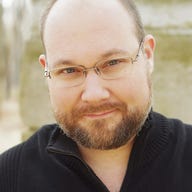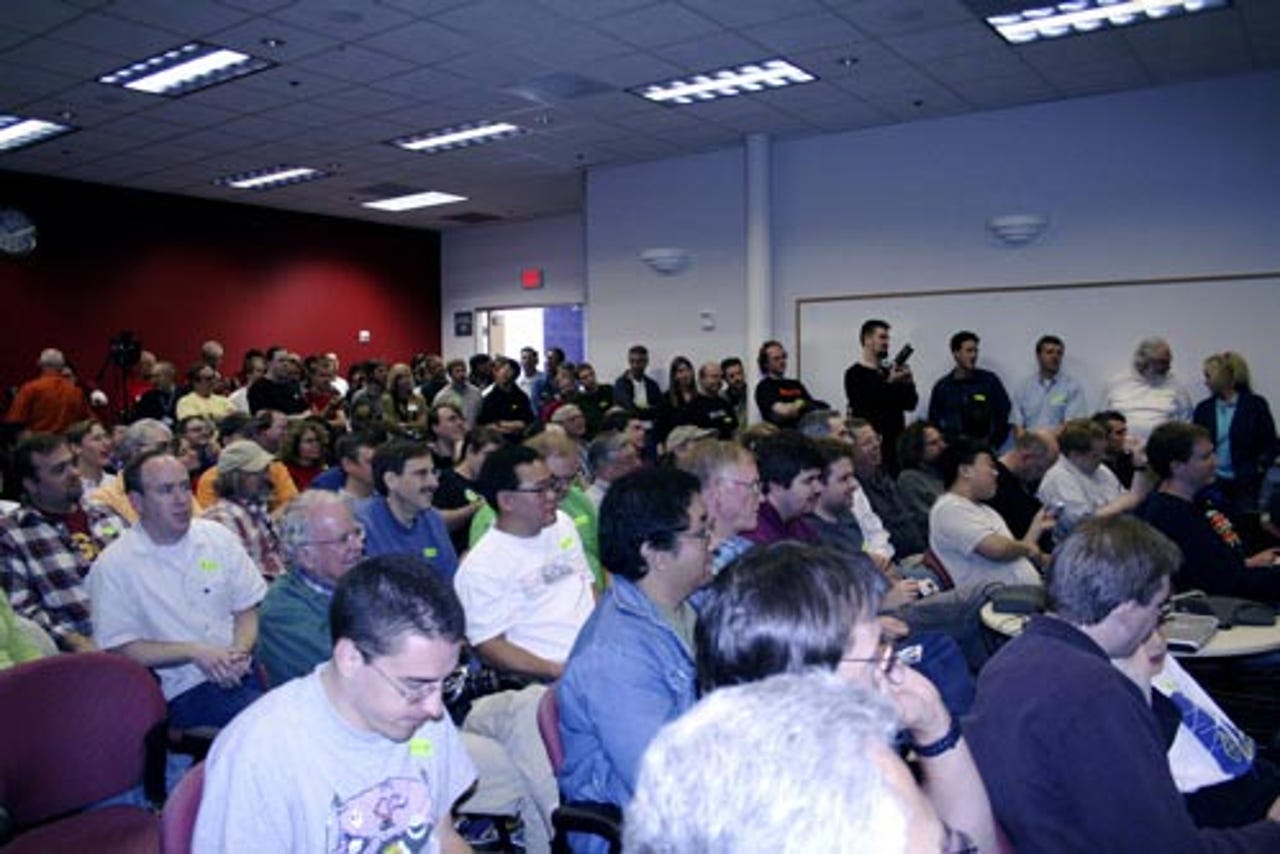Photos: Homebrew's 30th anniversary


Computer celebration
A celebration marking the 30th anniversary of the Homebrew Computer Club drew a packed house to the Computer History Museum in Mountain View, Calif., on Nov. 6, 2005. The event was held in conjunction with the annual meeting of the Vintage Computer Festival.
PC legends
Five early participants of the Homebrew Computer Club spoke at a celebration of the 30th anniversary of the group. From left to right are Michael Holley, Steve Wozniak, Allen Baum, Lee Felsenstein and Bob Lash.
Bruce Damer, curator of the DigiBarn Computer Museum in Santa Cruz, Calif., participates in the festivities marking the anniversary.
Early leadership
Lee Felsenstein, designer of the Osborne 1, moderated the Homebrew Computer Club in its early years.
Early members
Lee Felsenstein (left) listens to Bob Lash, another early member of the club.
Club memories
Michael Holley, left, and Allen Baum listen to Wozniak reminisce about the early days of the club. Baum helped create the Apple I and introduced Wozniak to the club. On the table is an Altair computer that was programmed to play the song "Daisy," repeating a demonstration in the earliest days of the Homebrew Computer Club. In the late 1950s, "Daisy" was the first song played by a computer, a feat some consider the beginning of computer music. Also, in the movie "2001," as the computer HAL is being gradually shut down, it begins to sing "Daisy."
Cake cutting
Apple Computer co-founder Wozniak cuts a cake to help celebrate the club's 30th birthday.
PC pioneers
Collaborators in the early days of the personal-computer revolution, Baum and Wozniak shared their memories.
Cap'n Crunch
John Draper, also known as Cap'n Crunch, was on hand at the anniversary party. In the 1970s, Draper was convicted of wire fraud for using a "blue box" and a toy Cap'n Crunch whistle from a cereal box to tap into the national telephone network. He also developed the first word processor for the Apple II.
Silicon signature
Wozniak signs a silicon wafer for an attendee of the Vintage Computer Fair, which hosted the Mountain View, Calif., celebration.
Computer collector
Sellam Ismail, founder of the Vintage Computer Festival, talks about his own collection of 2,000 vintage computers, housed in a warehouse in Livermore, Calif. The most he paid for a single item was $400--for a prototype Apple IIGS. His rarest machine is an Apple Lisa with the original, and buggy, dual Twiggy drives.